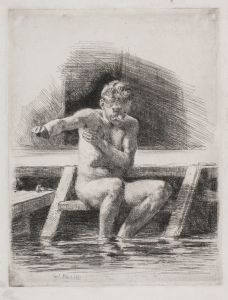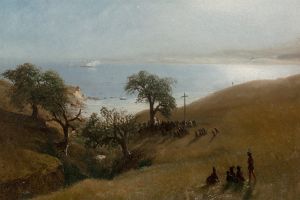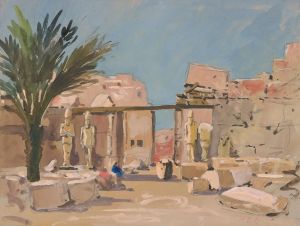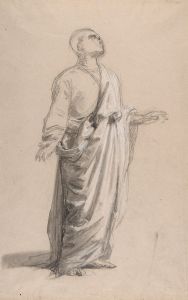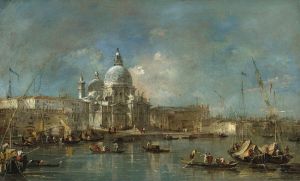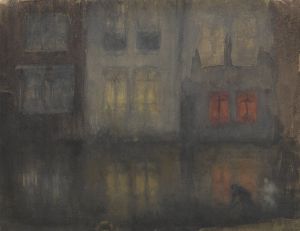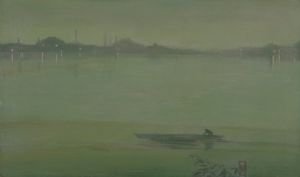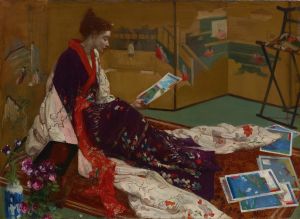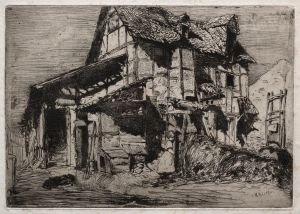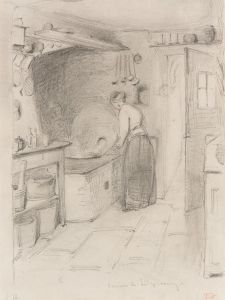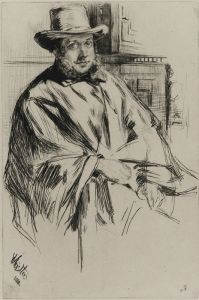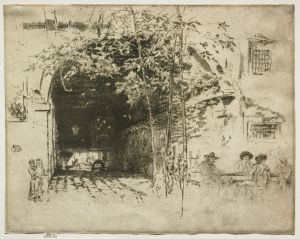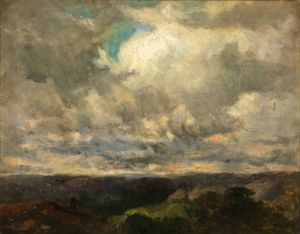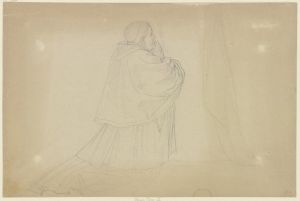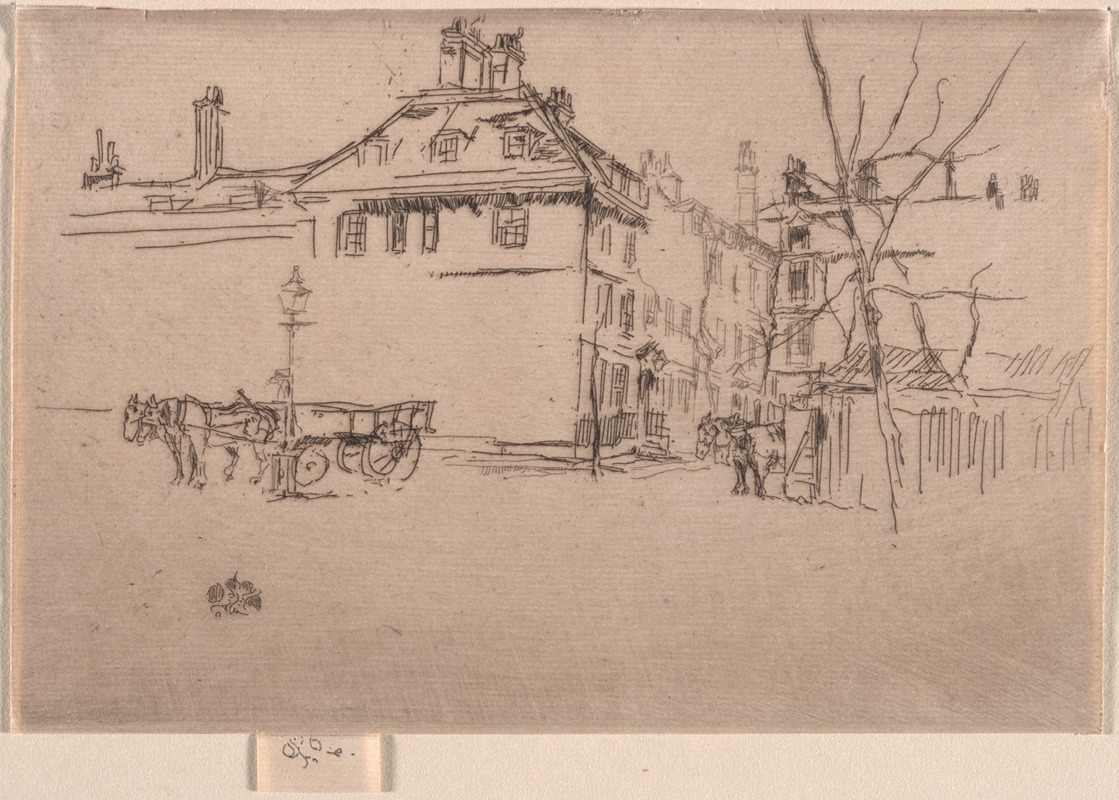
Temple
A hand-painted replica of James Abbott McNeill Whistler’s masterpiece Temple, meticulously crafted by professional artists to capture the true essence of the original. Each piece is created with museum-quality canvas and rare mineral pigments, carefully painted by experienced artists with delicate brushstrokes and rich, layered colors to perfectly recreate the texture of the original artwork. Unlike machine-printed reproductions, this hand-painted version brings the painting to life, infused with the artist’s emotions and skill in every stroke. Whether for personal collection or home decoration, it instantly elevates the artistic atmosphere of any space.
James Abbott McNeill Whistler, an American artist active during the late 19th century, is renowned for his contributions to the Aesthetic Movement and his distinctive approach to painting. However, there is no widely recognized painting titled "Temple" by Whistler. Whistler's oeuvre primarily includes portraits, cityscapes, and nocturnes, with some of his most famous works being "Arrangement in Grey and Black No. 1" (commonly known as "Whistler's Mother") and the "Nocturnes" series, which depict atmospheric scenes of London.
Whistler was born on July 11, 1834, in Lowell, Massachusetts, and spent much of his career in Europe, particularly in London and Paris. He was known for his innovative use of color and tone, often focusing on mood and atmosphere rather than detailed representation. Whistler's style was influenced by his belief in "art for art's sake," a principle that emphasizes the aesthetic value of art over its narrative or moral content.
Throughout his career, Whistler was involved in several significant art movements and was known for his associations with other prominent artists and intellectuals of his time. He was a key figure in the Aesthetic Movement, which advocated for the appreciation of beauty and art independent of social or political themes. Whistler's work often reflected this philosophy, focusing on harmony and composition.
Whistler's artistic philosophy was also evident in his use of musical terms to title his works, such as "symphonies," "arrangements," and "nocturnes," which underscored his belief in the parallels between art and music. This approach highlighted his interest in creating visual experiences that evoke emotions similar to those elicited by music.
Despite his artistic achievements, Whistler's career was not without controversy. He was famously involved in a legal battle with art critic John Ruskin, who accused Whistler of "flinging a pot of paint in the public's face" with his work "Nocturne in Black and Gold: The Falling Rocket." Whistler sued Ruskin for libel and won the case, although he was awarded only a nominal sum. This trial brought significant attention to Whistler and his work, further cementing his place in art history.
Whistler's influence extended beyond his paintings; he was also known for his writings on art and his role in shaping the public's understanding of modern art. His book "The Gentle Art of Making Enemies" is a collection of his writings and correspondence, reflecting his wit and often combative personality.
In summary, while there is no specific painting titled "Temple" by James Abbott McNeill Whistler, his contributions to the art world are well-documented and celebrated. His innovative approach to painting, emphasis on aesthetic beauty, and influence on the Aesthetic Movement have left a lasting legacy in the history of art.





